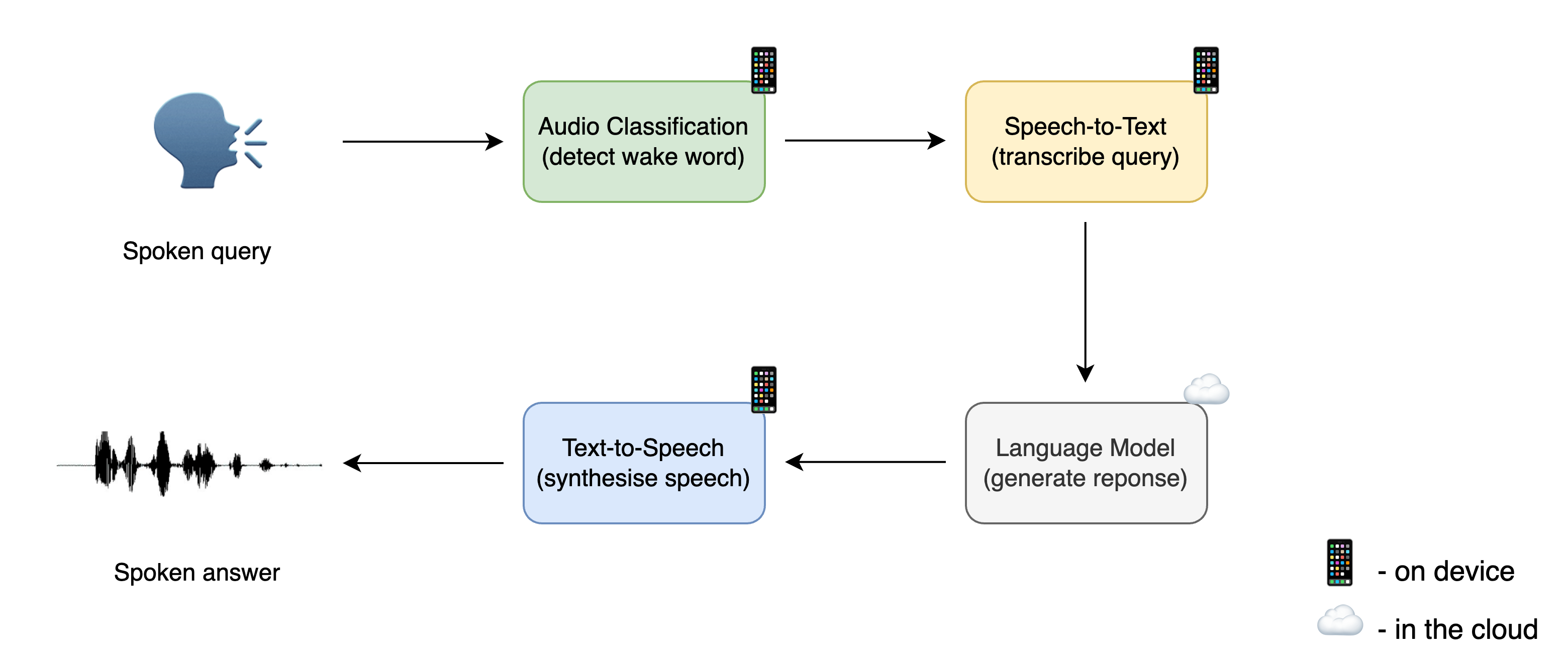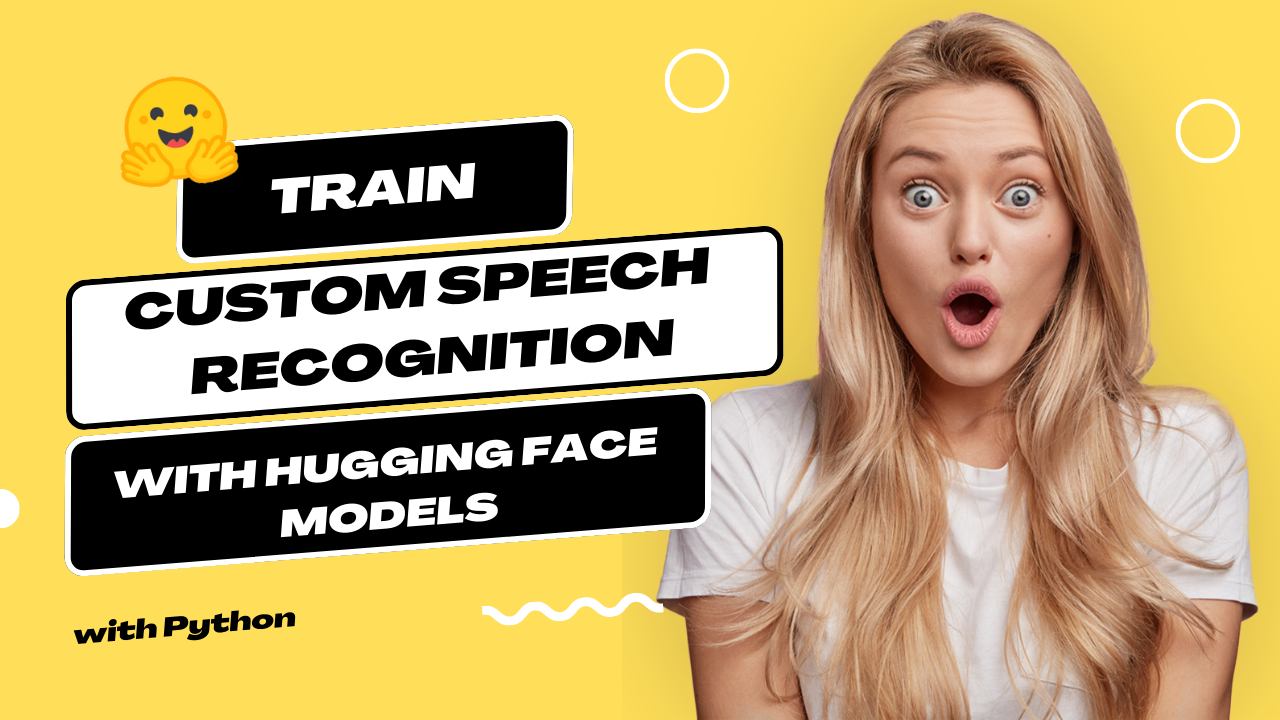The Magic of Hugging Spaces: Train Voice Model

Welcome to a fascinating exploration of the world of voice technology and the innovative ways it is shaping our interactions with artificial intelligence. In this article, we delve into the concept of Hugging Spaces, a revolutionary platform that has transformed the training and development of voice models. Prepare to be captivated by the magic that unfolds as we uncover the secrets behind these hugging spaces and their impact on the future of voice-enabled experiences.
Unveiling the Hugging Spaces Revolution

Hugging Spaces, an ingenious creation in the realm of machine learning, has ushered in a new era of voice model training. This innovative platform has revolutionized the way developers approach the intricate process of crafting voice-based AI systems. By providing a collaborative and comprehensive ecosystem, Hugging Spaces has simplified the often complex task of training and fine-tuning voice models, making it accessible to a broader spectrum of developers and researchers.
At its core, Hugging Spaces offers a unique environment where developers can upload, share, and collaborate on pre-trained models, datasets, and code. This shared space fosters an open and inclusive community, encouraging knowledge exchange and innovation. The platform's intuitive interface and powerful tools enable developers to experiment, iterate, and refine their voice models with unprecedented ease and efficiency.
The Power of Collaborative Training
One of the key advantages of Hugging Spaces is its emphasis on collaborative training. By bringing together a diverse community of developers and researchers, the platform facilitates knowledge sharing and collective problem-solving. This collaborative approach accelerates the development process, as developers can learn from each other’s experiences, leverage pre-trained models, and build upon existing work.
Hugging Spaces provides a rich repository of pre-trained models, covering a wide range of voice-related tasks such as speech recognition, text-to-speech synthesis, and natural language understanding. Developers can access these models, fine-tune them for their specific use cases, and contribute back to the community by sharing their enhancements and improvements. This collaborative cycle fosters continuous innovation and pushes the boundaries of what voice models can achieve.
Furthermore, the platform encourages open-source contributions, allowing developers to share their code, datasets, and best practices. This open-source philosophy promotes transparency, ensures reproducibility, and empowers the community to collectively address challenges and drive advancements in voice technology.
| Key Features of Hugging Spaces | Description |
|---|---|
| Collaborative Model Training | Developers collaborate on pre-trained models, enhancing and fine-tuning them for specific use cases. |
| Rich Model Repository | Hugging Spaces offers a diverse collection of pre-trained models for various voice-related tasks. |
| Open-Source Contributions | Developers can share code, datasets, and best practices, fostering transparency and innovation. |

The Technical Magic: How Hugging Spaces Works
Hugging Spaces operates on a robust technical foundation, utilizing advanced machine learning algorithms and architectures. The platform employs state-of-the-art techniques such as transfer learning and fine-tuning to enable developers to build upon existing models and adapt them to new tasks and domains.
One of the standout features of Hugging Spaces is its ability to handle a wide range of voice model architectures, including deep learning-based models like Transformers and recurrent neural networks. This versatility allows developers to experiment with different approaches and choose the most suitable architecture for their specific use case.
The platform provides an extensive suite of tools and APIs, making it easy for developers to integrate and deploy their voice models. Whether it's building a voice-enabled chatbot, a speech recognition system, or a text-to-speech application, Hugging Spaces offers the necessary resources and support to bring these ideas to life.
Exploring Real-World Applications

The impact of Hugging Spaces extends far beyond the confines of the development community. The voice models trained and refined on this platform are finding their way into a multitude of real-world applications, enhancing user experiences and driving innovation across industries.
Voice-Enabled Smart Assistants
One of the most prominent applications of voice models is in the realm of smart assistants. Hugging Spaces-trained models power virtual assistants, enabling them to understand and respond to user commands with remarkable accuracy. These assistants, whether integrated into smartphones, smart speakers, or other devices, have become an integral part of our daily lives, offering convenience and efficiency in tasks ranging from setting reminders to controlling smart home devices.
The continuous improvement of voice models through Hugging Spaces ensures that these smart assistants become increasingly sophisticated and capable. Developers can leverage the platform's collaborative training environment to enhance the assistants' understanding of natural language, improve their ability to handle complex queries, and even incorporate domain-specific knowledge, making them more personalized and effective.
Speech Recognition and Transcription
Hugging Spaces has revolutionized the field of speech recognition and transcription. The platform’s models excel at converting spoken language into written text with high accuracy and speed. This capability has myriad applications, from transcribing meetings and lectures to facilitating real-time communication for individuals with hearing impairments.
By leveraging the collaborative training and open-source contributions of Hugging Spaces, developers can fine-tune models for specific accents, dialects, and even industry-specific terminology. This level of customization ensures that speech recognition systems become more accurate and reliable, benefiting a wide range of users and industries.
Text-to-Speech Synthesis
Hugging Spaces also plays a pivotal role in the field of text-to-speech synthesis. Developers can use the platform’s models to generate natural-sounding speech from written text, enabling a wide range of applications such as audiobook creation, language learning tools, and accessibility solutions for visually impaired individuals.
The ability to fine-tune these models for different languages, voices, and speaking styles opens up new possibilities for localized and personalized voice experiences. Hugging Spaces' collaborative nature allows developers to share their advancements in voice synthesis, leading to continuous improvements in the quality and naturalness of generated speech.
The Future of Voice Technology with Hugging Spaces
As we look ahead, the future of voice technology appears incredibly promising, thanks in large part to the innovations and advancements facilitated by Hugging Spaces. The platform’s commitment to open collaboration and continuous improvement positions it as a driving force in the field, shaping the next generation of voice-enabled experiences.
Advancing Natural Language Understanding
One of the key areas where Hugging Spaces is expected to make significant strides is in natural language understanding (NLU). The platform’s collaborative training approach, combined with its extensive model repository, provides an ideal environment for advancing NLU capabilities. Developers can work together to enhance models’ understanding of context, intent, and sentiment, leading to more intuitive and human-like interactions with voice-based systems.
Furthermore, Hugging Spaces' focus on open-source contributions encourages the development of domain-specific NLU models. These specialized models, tailored to specific industries or use cases, will enable voice-enabled applications to provide more accurate and relevant responses, revolutionizing sectors such as healthcare, finance, and customer service.
Expanding Language Support
Hugging Spaces has already demonstrated its ability to support a wide range of languages, but the future holds even greater potential for multilingual capabilities. The platform’s collaborative nature allows developers from diverse linguistic backgrounds to contribute and enhance models for their respective languages. This collaborative effort will lead to more accurate and culturally sensitive voice models, breaking down language barriers and making voice technology accessible to a global audience.
Integration with Emerging Technologies
As technology continues to evolve, Hugging Spaces is well-positioned to integrate with emerging trends and innovations. The platform’s adaptability and open architecture make it an ideal candidate for integration with technologies such as augmented reality (AR), virtual reality (VR), and the Internet of Things (IoT). By combining voice models with these emerging technologies, developers can create immersive and intuitive experiences that seamlessly blend voice commands with visual and tactile interactions.
Ethical Considerations and Bias Mitigation
With the increasing prevalence of voice technology, ethical considerations and bias mitigation become crucial. Hugging Spaces, through its collaborative community, can play a pivotal role in addressing these challenges. Developers can collectively work towards creating fair and unbiased voice models, ensuring that they are inclusive and respectful of diverse cultures, genders, and accents.
The platform's open-source nature allows for transparency and scrutiny, enabling the community to identify and rectify biases in models. Additionally, Hugging Spaces can facilitate the development of tools and guidelines to promote ethical practices in voice model training and deployment, fostering trust and confidence in voice-enabled technologies.
How does Hugging Spaces ensure data privacy and security?
+Hugging Spaces places a strong emphasis on data privacy and security. The platform utilizes advanced encryption protocols to protect user data during transmission and storage. Additionally, access to sensitive data is restricted, and user consent is obtained for any data sharing or collaboration. Hugging Spaces also provides tools for data anonymization and de-identification to further safeguard user privacy.
Can Hugging Spaces be used for commercial purposes?
+Absolutely! Hugging Spaces is designed to cater to both academic and commercial developers. The platform offers various licensing options, allowing developers to choose the terms that align with their commercial needs. This flexibility ensures that Hugging Spaces can be utilized for a wide range of business applications, from startups to established enterprises.
What support does Hugging Spaces provide for beginners in voice model development?
+Hugging Spaces recognizes the importance of supporting beginners in the field. The platform offers a comprehensive set of tutorials, documentation, and community forums to guide newcomers through the process of voice model development. Additionally, the collaborative nature of Hugging Spaces allows experienced developers to mentor and assist beginners, fostering a supportive learning environment.
In conclusion, Hugging Spaces has emerged as a transformative force in the world of voice technology. Its innovative approach to collaborative model training, rich model repository, and open-source philosophy have empowered developers and researchers to push the boundaries of what voice models can achieve. As we embrace the future, Hugging Spaces will continue to play a pivotal role in shaping the landscape of voice-enabled experiences, making our interactions with technology more natural, intuitive, and accessible.



